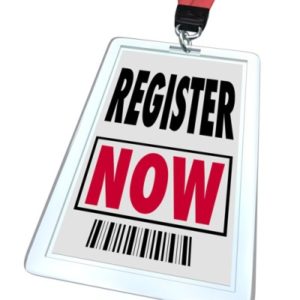 Trade shows serve a core purpose of increasing visibility for businesses. However, many companies are not making the most of their exhibitions due to a number of preventable mistakes.
Trade shows serve a core purpose of increasing visibility for businesses. However, many companies are not making the most of their exhibitions due to a number of preventable mistakes.
These shows can cost a lot of time and money to attend – not to mention, companies could actually lose money due to a loss of profit resulting from missed opportunities. Trade shows are all over the world, and the travel expenses and daily grind of setting everything up can be a burden that some might wish to avoid.
For all the energy it takes to pull off a successful exhibition, why not prepare fully in advance? If you’ve paid money for a booth and are willing to set aside other business plans, then you should at least be able to walk away with some significant leads or new business deals. All of this starts with proper planning and research.
So before you’re presenting at your next trade show, make sure you don’t fall victim to these mistakes:
Not following up
A trade show is only as successful as the leads you generate from it. Packing up and heading back to the office empty-handed does nothing for the growth of your company. Although an even bigger sin may be getting good feedback but not reaching out after the fact. In this case, you may have exchanged cards, completed a product demo and spoken logistics with a possible business partner, but failed to act on any advances once the trade show was over.
This is mostly an internal fault that could have been avoided. If you think you’ve identified a potential lead, then make sure you call or email in the days following the event. Every lead has the chance to be the next big break for your company.
Not enough interaction
Perhaps you’ve registered and paid a lot of money to get one of the best booths in the venue. If you don’t make use of this space, then you could be letting yourself down. Speak with every attendee that passes by and address people before they walk away. Answer every question and offer demos as much as possible.
You’ll also want to make sure the display around you is interactive as well. Have multiple graphics, videos or handouts available for show. Catching the eye of attendees is key, then the point is to actually convert these interactions into leads and eventually customers.
Don’t just interact with passersby, but with other companies as well. Walk around the showroom floor and experience for yourself the opportunities that are out there. Make connections with people in your field to gather industry knowledge as well.
Wrong representatives
A large part of interacting with others is having the right people present. If you do not personally attend the event, make sure the people you do send are fully knowledgeable of your products and can communicate at a high level. Your sales and marketing team should take the lead in being positive faces for people to see as they walk by. But you’ll also want someone higher up who has the authority to make business decisions on the go. Without the right cast, your trade show experience could be lacking.
Wrong setting
One of the biggest reasons why a trade show may not be reaping the rewards that you anticipated is that there are so many similar events around the world and your business might not be the right fit for a particular show. While it’s necessary to expand your horizons to other industries and regions, attending a trade show that is outside of your target market isn’t going to be effective.
This is where planning comes in. If you want to break into a new region by offering a new product, then make sure there is a market for such a thing. Further, analyze how you intend to use the trade show as a tool to reach a wider audience. Don’t just show up and hope for the best. Come in with a game plan that will work.
For every trade show you’ll need sturdy road cases to transport your display. And to keep everything organized, you’ll need everything labeled correctly for an easy unload.
Case Labels USA labels are rewritable and durable enough to handle the roughness of the road.

Comments are closed.